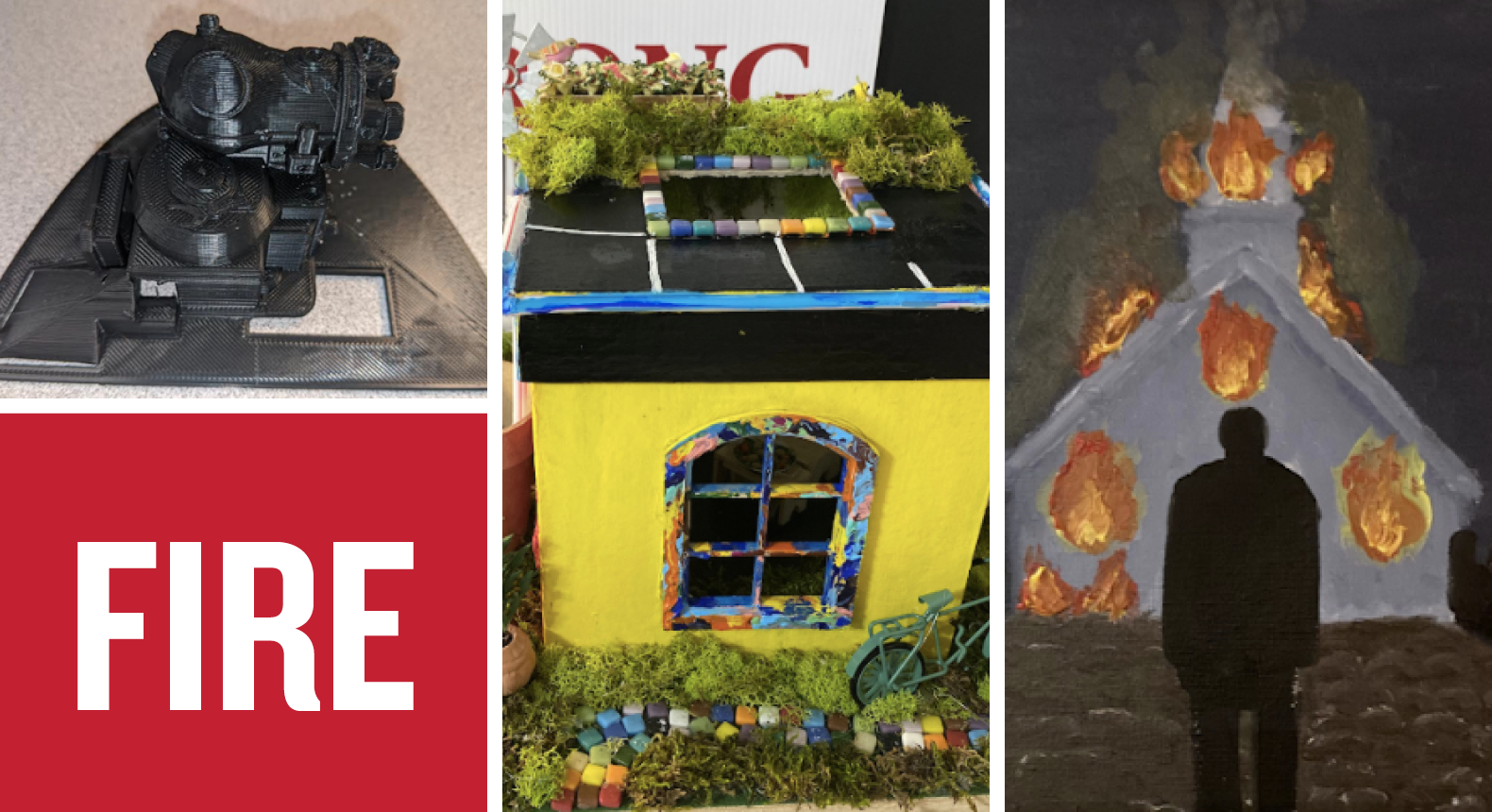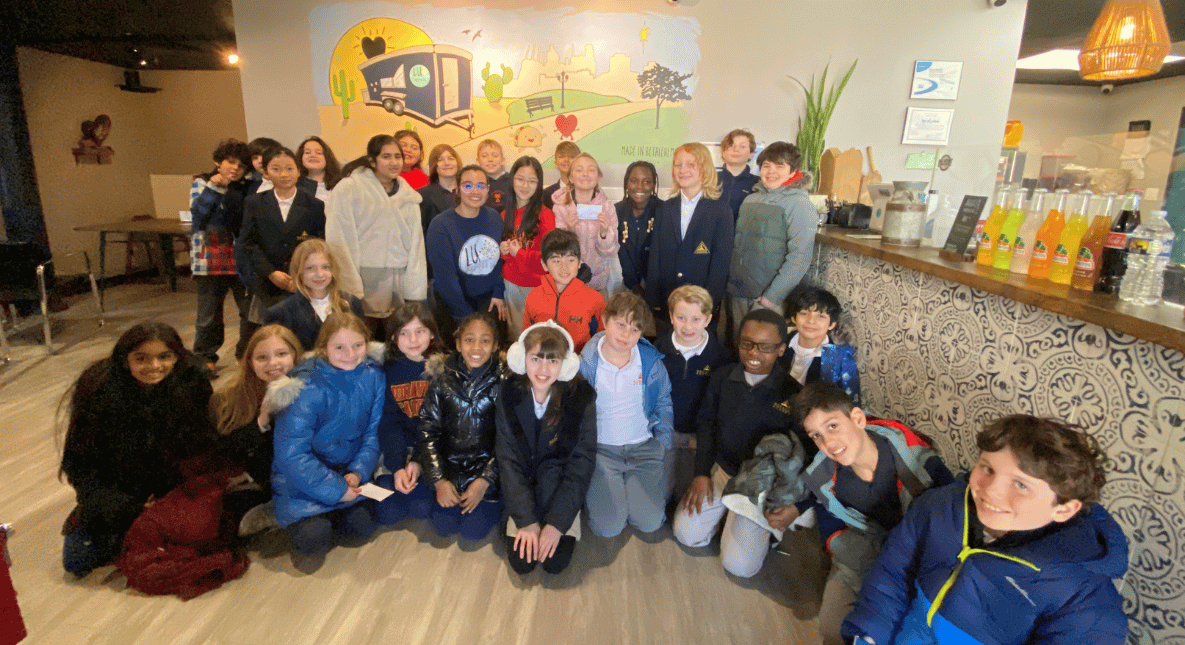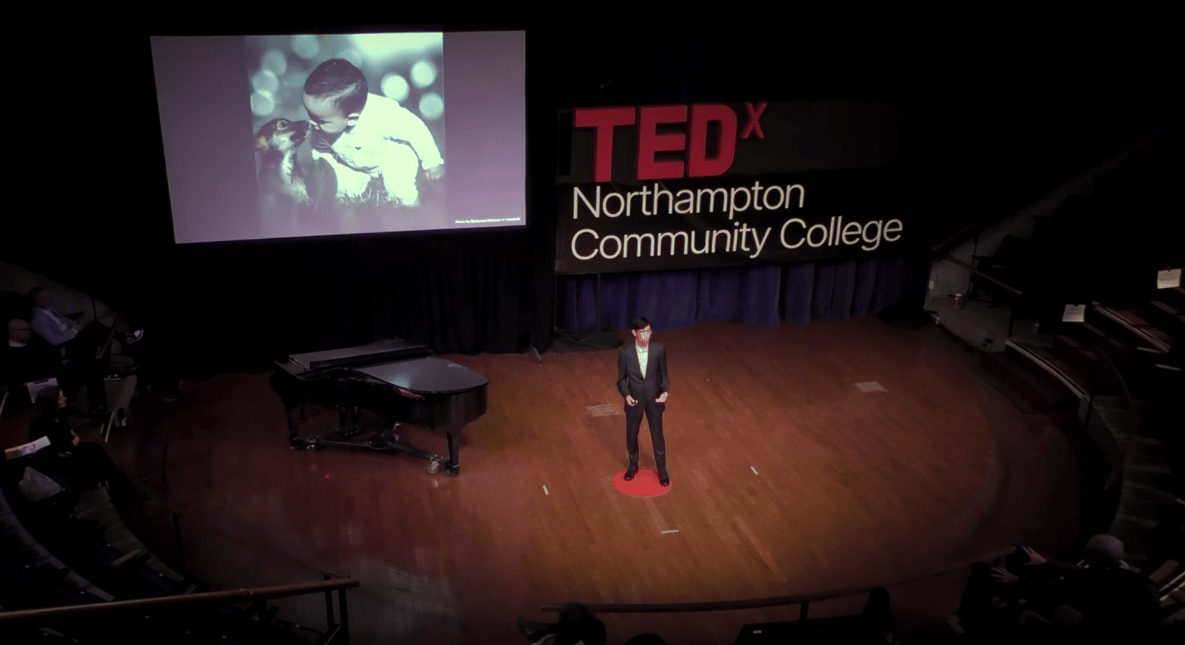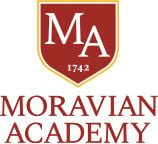The Class of 2024 Continues to Stoke the FIRE
For this year’s Fall FIRE Project, students combined their curiosity as scholars with their creativity as storytellers.
In response to the prompt -- “As a ___________________________, I have lived a life of _________________” -- students created innovative narratives by filling in the blanks with literary characters, historical actors or scientific figures and taking on their particular perspectives.
This year’s emphasis on poetic voices prompted especially creative projects. Not only did students compose compelling narratives, but many also created impressive works of art!
Below is a small selection of this year’s memorable projects.
Jump to a specific project:
Lucia Cinquino | Rayna Malhotra | Luke Pokojni | Zander Ritchey |Valia Tsirukis | Divya Verma| Student Reflections
Lucia Cinquino’s project includes both poetic and scientific elements as she writes about the life cycle of a leaf; excerpts from her poem entitled “Foliar Trends” along with explanatory prose from her abstract are copied below:
The life cycle of a leaf is short yet very important to the life of the earth and the ecosystem. Leaves are formed from buds that rest on the branches of trees during spring. The tree then sends nutrients and water to the bud to help it grow into a leaf. When the leaf is formed it turns green from the chlorophyll and starts making its own energy from the sun. The leaf will continue to prosper and live when in the right conditions and the leaf will create oxygen from carbon dioxide in the air.
…………………………………………….
The power and importance of leaves are underestimated and being able to understand how they impact the earth from their view can provide a bigger understanding on how all organisms are connected and how each one contributes to the ecosystem in different ways. The perspective of a leaf is quite important when it comes to knowing how the world works and everything that makes the cogs of the earth turn.
Foliar Trends
My bud sees the sky
A blue blanket, with white pillows that seem to pry
My blade has formed from the tears of down
When the pillows grew and grew to spew and to cry
Reaching out for a comforting hug
But my petiole has just formed; too small to cohere
The days go by with the changing view
My brothers and sisters glow with a green hue
The warm hours come and stay
The pillows don’t cry like they used to
Maybe they’re happy with all of the warmth
A head rested down upon their surface
I feel the chills pass on my midrib
A sudden, cold, ad lib
Without the pleasantries; bursting in
Making it time to fill the corn crib
The pillows come back
Taking more of the sky
My time may be here
My brothers and sisters say that I have nothing to fear
The truth may be covered as I stifle into abscission
My unsung illness that plagues our biosphere
They speak of a day when we touch the ground
A new unknown verb; to fall
The pillows come more and more
The ghouls of wind clap the barn door
Some of my brothers and sisters start to descend
Happy and unsuspecting; dreaming of a better world
You know our fate comes all the same
The end; taunting everyday…
For many like me this is not the end
I go on to provide; making a new friend
Yet my purpose on earth may never cease
All my brothers and sisters will go on our own separate bend
Just alike every being on earth
We all have a purpose; our foliar trends
Rayna Malhotra takes on the infamous sinking of the Titanic, adding to the ship’s ineluctable allure:
Rayna’s narrative “highlights and personifies the perspectives of both the Titanic and the iceberg before, during and after the collision … the timelines of both poems match up and the ship ‘makes eye contact’ with the iceberg directly after it is hit. Weaved within the writing are elements that demonstrate themes of chance, understanding, and growth.”
Below are samples from Rayna’s poems:
I am an iceberg
A clump of frozen water molecules
Only a fraction of a glacier
Yet large enough to demolish one of the greatest creations built by man-kind
////////////////////////////////
I then begin to wander
Through the blue sea I float
Alone and isolated to ponder
Until I meet a boat
//////////////////////////////////
Perhaps she can’t see me?
Charging full-speed ahead
She’ll hit me I can guarantee
And I’ll be left for dead
I am the RMS Titanic
The largest moving object of my time
Created to send thousands across the Atlantic
To chase their dreams in America
//////////////////////////////////////
My interior is exquisite
Everything custom and new
With ten decks, you’ll stretch your neck
Trying to see me through and through
Since April 10th, four days have past
I’m near Newfoundland, and going quite fast
At 11:40 they say something is spotted
But I’m “Unsinkable”, so I’m not distraught
/////////////////////////////////////////////
They are guiding me left so perhaps I might miss it
Then something scratches me
I think I just hit it
From there we slowly pass on by
The iceberg looks me in the eye
My front right side is scratched and torn
But I am “Unsinkable”, no reason to mourn
For Luke Pokojni, this project led him to New York state and the Mario Cuomo Bridge (formerly known as the Tappan Zee).
Luke’s “slideshow goes into some details on the bridge’s past and why it was built.” He “also looked at specific details of its incredible design and construction that allowed it to last almost 65 years.” Luke’s other sources were “used to personally understand the engineering and science of the bridge.”
Zander Ritchey’s project combines his interest in military history with his talent for 3D design; Zander writes his narrative from the perspective of Paul Tibbetts, the pilot of the famed Enola Gay, the plane that dropped an atomic bomb on Hiroshima, Japan, towards the end of WWII. In addition, Zander used a 3D printer (courtesy of classmate George Husack) to create a model of the “Little Boy” bomb:
The Enola Gay was a B-29 bomber that was used in WWII to drop the first atomic bomb on Hiroshima, Japan on August 6 1945. I, Paul Tibbets, the pilot of the aircraft named after my mother, have had to live with the guilt of killing 192,020 people both instantly and years after. The people that were killed instantly by the Little Boy bomb number around 80,000, 114% more than the Fat Man bomb killed, and the other 112,020 died thereafter. Who knew that 2 billion dollars and 130,000 people could kill so many.
Valia Tsirukis takes on the perspective of famous artist Pablo Picasso, whose blue-period painting “The Old Guitarist” offers a powerful message about loneliness and isolation:
Music To My Ears
I wander the Spanish streets.
I strum my guitar
Searching for
a place to rest.
Sitting in the street
I strum my guitar.
The cold, sleepless nights that I dread
approach.
I can’t handle this much more.
I strum my guitaras I watch more and more people
walk past like I wasn’t there.
I hate that
I strum my guitar.
I hate that
I am.
/////////////////////////////////
Tonight is different.
I strum my guitar,
my fingers moving in slow motion
under the gaze of the cold moon.
The weight of my feelings crush me.
I strum my guitar.
The night becomes blacker
and blacker.
Blacker…
I strum my guitar.
It all went bright.
The church burns.
The fire spread as
I strum my guitar
I fill with a feeling like
happiness.
I try to push it down.
I strum my guitar.
I walk toward the flame,
the hope.
The inferno is calling.
I strum my guitar
and for one last time,
I feel peace.
Divya Verma explores her interests in sustainable architecture, crafting her narrative from the perspective of an energy-efficient home. She opens with this striking line: “Today I came to the realization that I am a murderer,” and ends on a happier, more optimistic note for us all: “I am a murderer no more, I have righted my wrongs. I have done my part; now it’s your turn. What's stopping you?”
REFLECTIONS
The Class of 2024 produced many memorable pieces in response to this fall’s FIRE project, and their recent reflections revealed how their projects stood out in the midst of the COVID crisis and its impacts on traditional education:
Megan Dadio: Although I got off to a rocky start … I find that I did somewhat like working on this project in both school and at home. ... I found myself so committed to completing the project and “getting it over with” as I was thinking in my head while I did it, that the more times I sat down to work on it the more I found myself looking forward to the time of the day where I could work on it more. A huge part of why I think I liked this project was my mentality. If I didn’t have the mentality to finish it as soon as possible and the goal to finish it by the end of the week, I wouldn’t find myself sitting down that many times to write more, and therefore wouldn’t have become as attached to it as I did.
Lena Nifong: FIRE has been a roller coaster of information and creativity coming together. Throughout the past few weeks, not only have I learned new things about my topic, but I also learned new things about myself. … FIRE was a new way for me to explore learning, it presented many challenges and I had a few moments of struggle, but in the end I enjoyed it and came to a better understanding of what I researched. … Before FIRE I had little to no experience in leading my own studies, but now I feel more experienced and ready to take on more challenging projects.
Krish Gupta: The entire process was somewhat of a challenge for me, but I was very proud of my finishing product, and I learned a lot about many different topics. … This whole project has increased both my research and writing skills, which should help me throughout my high school career. I have also learned that writing short stories, or just writing in general, is something that I can enjoy and appreciate. I would suggest that future FIRE classes should approach this project with a positive attitude and actually choose a topic that interests them. I know if I had not done this, I would not have learned as much as I did and would not have grown as a student.
Kanchan Gupta: This project was an interesting and challenging experience that was overwhelming at first. This research opportunity was very different from previous years due to the creative freedom that I was given. … In conclusion, although I would consider this a difficult experience, it provided lots of insight concerning research and creative writing. I was able to learn a lot from this project, and I think it will definitely help me in the future regarding my researching skills.
We look forward to even more enlightening experiences in the FIRE program moving into 2021!


 myMA
myMA











